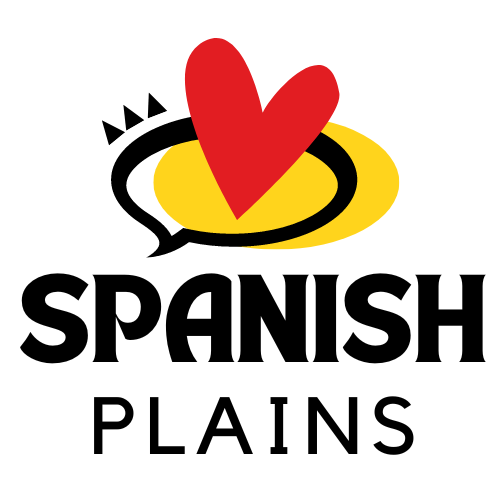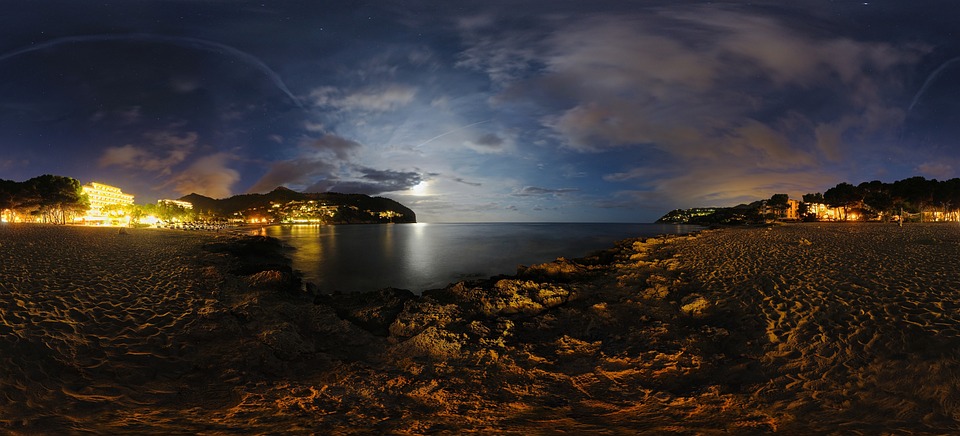Introduction
Welcome to Peñíscola, a charming coastal town located in the province of Castellón, Spain. With its rich history and breathtaking medieval architecture, Peñíscola offers visitors a unique journey back in time. Let’s explore the medieval marvels that this enchanting town has to offer.
The History of Peñíscola
Peñíscola holds a significant place in Spanish history, dating back to the 13th century. It was originally a strategic fortress built by the Knights Templar. Over the centuries, it has witnessed numerous battles and conquests, making it an important stronghold in the region.
The Magnificent Peñíscola Castle
Standing proudly on a rocky peninsula, the Peñíscola Castle, also known as Castillo de Papa Luna, is undoubtedly the town’s most iconic landmark. Built in the 14th century by the Knights Templar, the castle offers a remarkable example of medieval architecture. Its imposing walls, towers, and battlements create a breathtaking sight against the backdrop of the Mediterranean Sea.
The Papal Chambers
One of the most fascinating aspects of Peñíscola Castle is its connection to the Papacy. In the 15th century, during the Great Western Schism, Pope Benedict XIII, also known as Papa Luna, made Peñíscola his papal seat. The castle’s Papal Chambers are a testament to this historical period, with beautifully preserved rooms showcasing the opulence and grandeur of the papal residence.
The Walled Old Town
Beyond the castle, Peñíscola’s Old Town is a maze of narrow, winding streets that transport visitors back in time. Encircled by ancient defensive walls, the Old Town provides a glimpse into medieval life with its charming houses, cozy squares, and traditional shops. Exploring the cobblestone streets and alleys is like stepping into a living history book.
The Church of Santa María
Located within the Old Town, the Church of Santa María stands as a testament to Peñíscola’s religious heritage. Dating back to the 17th century, the church boasts beautiful Gothic and Renaissance features, including its stunning rose window. Inside, visitors can admire impressive religious art and experience the peaceful ambiance of this spiritual haven.
The Maritime Museum
For those eager to learn more about Peñíscola’s seafaring history, a visit to the Maritime Museum is a must. Housed in the former Casa dels Caragols, the museum showcases artifacts, models, and exhibits that illustrate the town’s maritime traditions and the importance of the sea in its development throughout the centuries.
FAQs
Is Peñíscola suitable for a family vacation?
Absolutely! Peñíscola offers a wide range of family-friendly activities, including beach fun, water sports, and guided tours suitable for all ages. Kids will love exploring the castle and its secret passages.
What is the best time to visit Peñíscola?
The best time to visit Peñíscola is during the spring and fall when the weather is mild, and the tourist crowds are smaller. The town can get quite busy during the summer months due to its popularity as a holiday destination.
Are there any accommodations available in Peñíscola?
Peñíscola offers a wide range of accommodations, including luxury hotels, cozy guesthouses, and holiday apartments. There is something to suit every budget and preference.
Is it possible to visit the castle and other attractions independently?
Yes, visitors can explore the castle and other attractions independently. However, guided tours are also available, providing valuable insights into the historical significance and stories behind each site.
Are there any nearby attractions worth visiting?
Absolutely! Peñíscola is located in a region filled with stunning natural beauty and other historical towns. Nearby attractions include the Ebro Delta Natural Park, Morella, and the town of Benicarló.

